How Regular Massages Can Help with Recovery from Travel and Physical Strain
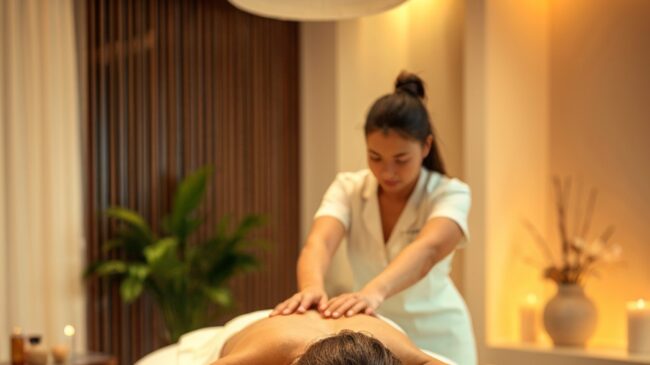
Regular Massages Can Help with Recovery from Travel
Traveling is exciting, but it can take a toll on your body. Whether you’re sitting on a plane for hours, carrying heavy luggage, or just adjusting to a new time zone, your body feels the strain. Add physical activities like walking long distances, hiking, or even the general stress of navigating new places, and it’s no wonder your muscles are screaming for relief. The good news? Regular massages can be a game-changer for recovery.
Why Does Travel Wear Us Out?
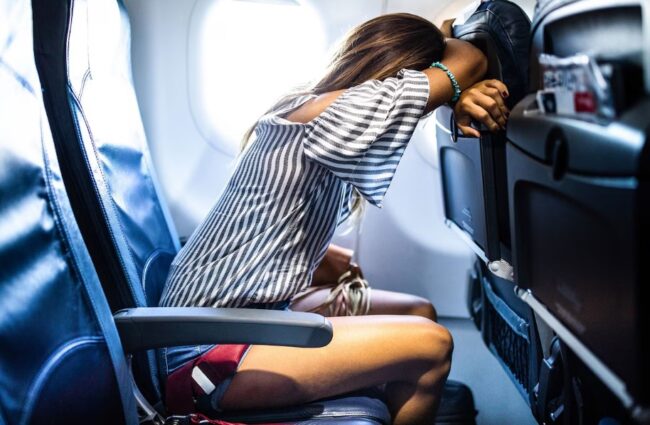
First, let’s talk about why travel is so physically exhausting. Sitting for long periods, like on a plane or in a car, restricts blood flow, leading to stiffness and discomfort. The awkward positions we often find ourselves in don’t help either. Add the dehydration from high altitudes and the cramped quarters, and you’ve got a recipe for sore muscles.
When we travel, our routines are thrown off balance. We’re not getting the usual exercise or stretching that keeps our bodies in check. Even the stress of navigating new environments and time zones can manifest physically, leaving us more tense than relaxed. 스웨디시 can help ease this tension and restore your body’s balance.
The Connection Between Physical Strain and Muscle Tension
Physical strain isn’t limited to travel. Everyday activities like working out, sitting at a desk, or even carrying groceries can lead to muscle tension. When muscles are overworked, they become tight, leading to discomfort and even injury. The body’s natural response to strain is to protect the affected area, which often results in even more tension and stiffness.
Imagine carrying a heavy backpack for hours. Your shoulders and back bear the brunt of the weight, leading to muscle fatigue. If this strain isn’t addressed, it can lead to chronic pain and reduced mobility. This is where regular massages come in—they offer a practical solution to relieve and prevent these issues.
How Massages Aid in Recovery
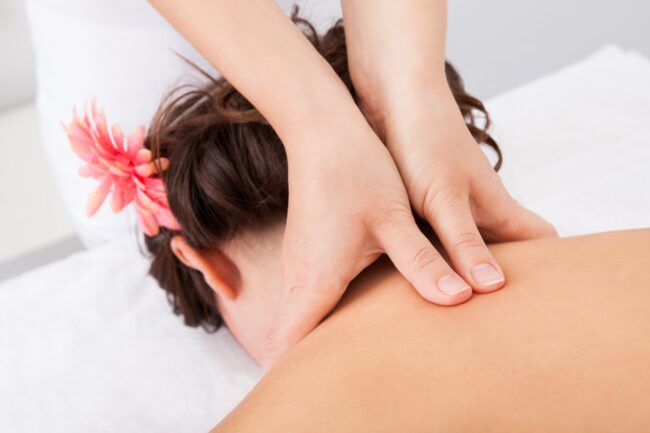
Massages aren’t just a luxury—they’re a powerful tool for recovery. Here’s how they work:
- Improved Blood Circulation: Massages help increase blood flow to muscles, providing them with oxygen and nutrients needed for repair. This process accelerates recovery, reduces muscle soreness, and improves overall muscle function.
- Reduced Muscle Tension: By targeting tight muscles, massages help release knots and alleviate tension. This not only relieves pain but also restores range of motion and flexibility, essential for physical activity.
- Stress Relief: The relaxation that comes with a massage has profound effects on the body. It lowers cortisol levels (the stress hormone) and increases endorphins, helping you feel more relaxed and less anxious.
- Enhanced Lymphatic Drainage: Massages stimulate the lymphatic system, which is responsible for removing toxins from the body. Improved lymphatic drainage helps reduce swelling and aids in quicker recovery.
- Boosted Immune System: Regular massages can strengthen the immune system by reducing stress and improving circulation. This makes your body more resilient, especially when exposed to new environments during travel.
Conclusion
Incorporating regular massages into your routine isn’t just about pampering yourself—it’s about investing in your health and well-being. Whether you’re recovering from a long trip, easing the physical strain from daily activities, or simply managing stress, massage therapy offers a holistic approach to feeling better.

 What Does NAD+ Do for Your Body? Its Role in Health and Wellness
What Does NAD+ Do for Your Body? Its Role in Health and Wellness  Navigating Barcelona’s Cannabis Scene: A Weed Map for Tourists
Navigating Barcelona’s Cannabis Scene: A Weed Map for Tourists 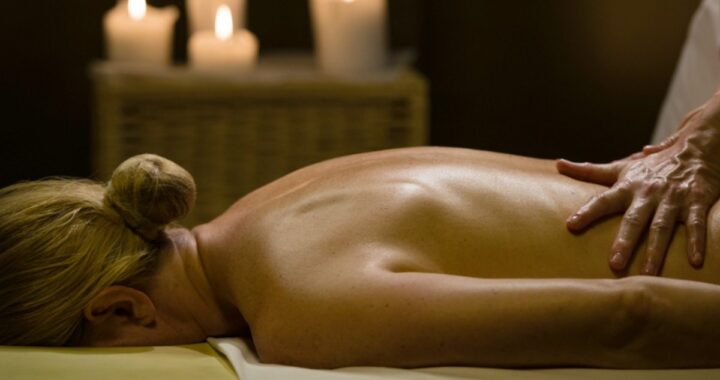 The Health Benefits of Erotic Massages
The Health Benefits of Erotic Massages  Pacific Coast Luxury Healing Centers 2023 – Who Raised the Bar So High and How?
Pacific Coast Luxury Healing Centers 2023 – Who Raised the Bar So High and How?  A Complete Guide to Personalized Gift Ideas That Carry Real Thought and Value
A Complete Guide to Personalized Gift Ideas That Carry Real Thought and Value  Neuschwanstein Castle From Munich Day Trip Guide
Neuschwanstein Castle From Munich Day Trip Guide  Oxford ─ England’s City of Dreaming Spires
Oxford ─ England’s City of Dreaming Spires 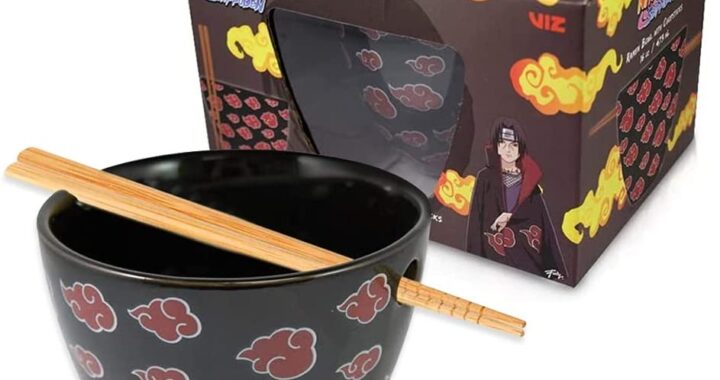 Creative Gift Ideas for Anime Lovers and Collectors: Unique Picks You Will Adore
Creative Gift Ideas for Anime Lovers and Collectors: Unique Picks You Will Adore